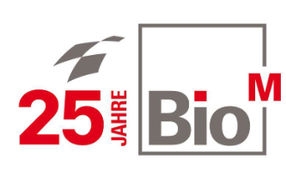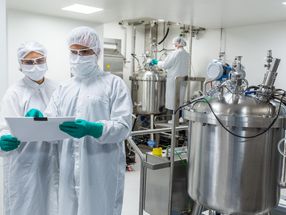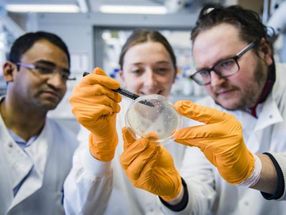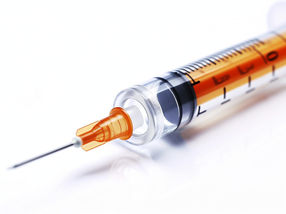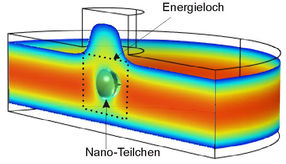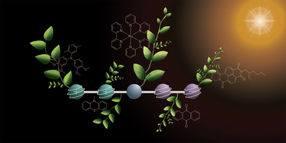EMA recommends approval of first two monoclonal antibody biosimilars
Recommendation marks extension of biosimilar concept to new product-class
Advertisement
The European Medicines Agency’s Committee for Medicinal Products for Human Use (CHMP) has recommended granting of marketing authorisations for the first two monoclonal antibody biosimilars.
Remsima and Inflectra both contain the same known active substance, infliximab. In the application dossiers, they have been shown to be similar to the biological medicine Remicade, a monoclonal antibody that has been authorised in the European Union since 1999. Remsima and Inflectra are recommended for authorisation in the same indications as Remicade, covering a range of autoimmune diseases such as rheumatoid arthritis, Crohn’s disease, ulcerative colitis, ankylosing spondylitis, psoriatic arthritis and and psoriasis.
Monoclonal antibodies are structurally complex substances that can locate and bind to specific molecules, in the case of infliximab to tumour necrosis factor (TNF) alpha, a protein promoting inflammatory response, which causes many of the clinical problems associated with autoimmune disorders. It is the first time that the biosimilar concept has been successfully applied to such a complex molecule, resulting in the recommended approval of a biosimilar version of infliximab. The biosimilar concept foresees that a biological medicine can be authorised if it can be demonstrated that it is a close copy of a biological medicine that has already been authorised for use in the European Union.
Since the approval of the first biosimilar medicine in Europe in 2006, the regulatory framework in place for the approval of biosimilars has produced a total of 12 authorised biosimilar medicines. The framework consists of a number of overarching guidelines which define and describe key concepts of biosimilar development programmes. The overarching guidelines are complemented by product- specific guidelines, which give more detailed guidance to applicants in relation to the respective class of products.
The product-specific guideline for monoclonal antibodies has been in force since December 2012. As for all biosimilars, the emphasis in the development programme is on demonstrating comparability to the reference medicine. An applicant has to submit studies to the Agency that show that the medicine is a biosimilar of the reference medicine, i.e. that it does not have any meaningful differences from the reference medicine in terms of its quality, safety and efficacy.
Applicants are also required to implement a risk-management plan to confirm the long-term efficacy and safety of a biosimilar, including the detection of any unexpected rare adverse effects when the medicine is used in clinical practice.
The CHMP opinions on Remsima and Inflectra will now be sent to the European Commission for adoption of a marketing-authorisation decision.
Other news from the department politics & laws
Most read news
More news from our other portals
See the theme worlds for related content
Topic world Antibodies
Antibodies are specialized molecules of our immune system that can specifically recognize and neutralize pathogens or foreign substances. Antibody research in biotech and pharma has recognized this natural defense potential and is working intensively to make it therapeutically useful. From monoclonal antibodies used against cancer or autoimmune diseases to antibody-drug conjugates that specifically transport drugs to disease cells - the possibilities are enormous

Topic world Antibodies
Antibodies are specialized molecules of our immune system that can specifically recognize and neutralize pathogens or foreign substances. Antibody research in biotech and pharma has recognized this natural defense potential and is working intensively to make it therapeutically useful. From monoclonal antibodies used against cancer or autoimmune diseases to antibody-drug conjugates that specifically transport drugs to disease cells - the possibilities are enormous











